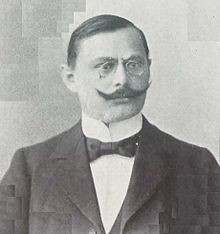
Anton Reichenow was a German ornithologist and herpetologist.
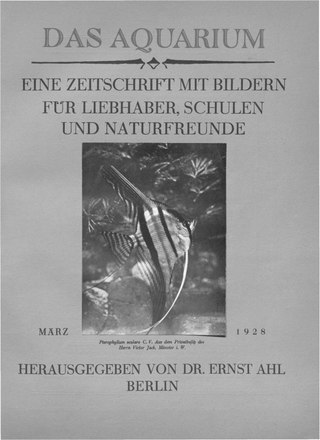
Christoph Gustav Ernst Ahl was a German zoologist, born in Berlin.
Outram Bangs was an American zoologist.

Ignaz Franz Werner Maria von Olfers was a German naturalist, historian and diplomat. Olfers was born in Münster. In 1816 he travelled to Brazil as a diplomat.
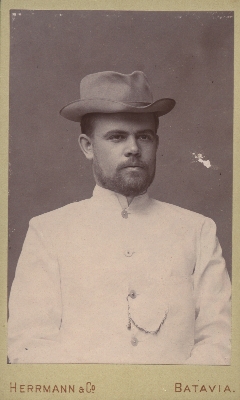
Hans Fruhstorfer was a German explorer, insect and shell trader and entomologist who specialised in Lepidoptera. He collected and described new species of exotic butterflies, especially in Adalbert Seitz's Macrolepidoptera of the World. He is best known for his work on the butterflies of Java.

The dusky bushbaby is a species of primate in the family Galagidae. It is also known as Matschie's galago, in honour of the German zoologist Paul Matschie, curator of mammals at the Museum für Naturkunde in Berlin. Native to tropical Central Africa, it is found in forests in Burundi, Rwanda, Democratic Republic of the Congo and Uganda. The species is small with a long tail, and has an arboreal, nocturnal and omnivorous lifestyle.

The swift fruit bat is a species of megabat in the family Pteropodidae.

Karl Friedrich Theodor Dahl was a German zoologist, and in particular an arachnologist.

Willy Georg Kükenthal was a German zoologist. He was the older brother of botanist and theologian Georg Kükenthal (1864–1955). Kükenthal specialized in the Octocorallia and on marine mammals. He edited, along with Thilo Krumbach, a landmark series of eight volumes in the Handbuch der Zoologie series which extensively reviewed and compiled the state of zoological knowledge of the time.
Richard Hänsch or Haensch was a German entomologist, zoologist, and insect dealer in Berlin.
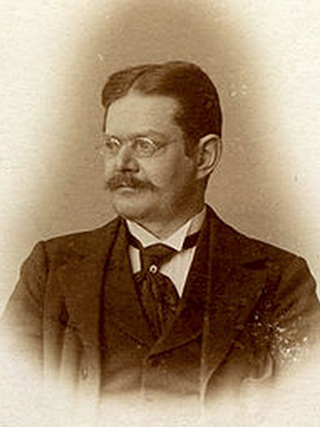
Gustav Tornier was a German zoologist and herpetologist.
Oskar Alexander Richard Büttner was a German botanist and mineralogist who was involved in the exploration of the Congo Basin.

Eberhard Fraas was a German scientist, geologist and paleontologist. He worked as a curator at the Stuttgarter Naturaliensammlung and discovered the dinosaurs of the Tendaguru formation in then German East Africa. The dinosaur Efraasia is named after him.

Carlo von Erlanger was a German ornithologist and explorer born in Ingelheim am Rhein. He was a cousin to musicologist Rodolphe d'Erlanger (1872-1932). (See: Erlanger family tree).
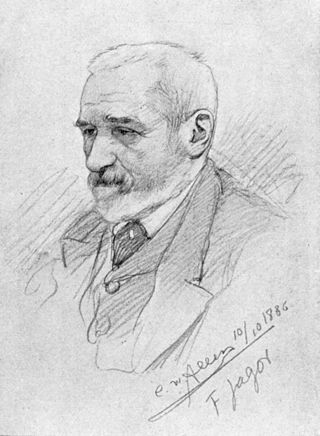
Andreas Fedor Jagor was a German ethnologist, naturalist and explorer who traveled throughout Asia in the second half of the 19th century collecting for Berlin museums.
Fritz Nieden (1883–1942) was a German zoologist who specialized in African herpetology.
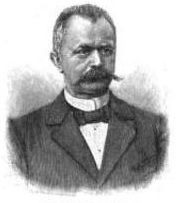
August Bernhard Brauer was a German zoologist.
Georg August Zenker was a German gardener and naturalist.
The Togo leaf-toed gecko is a species of gecko, a lizard in the family Gekkonidae. The species is endemic to West Africa.
Sphenomorphus zimmeri is a species of skink, a lizard in the family Scincidae. The species is endemic to Sulawesi, Indonesia.
